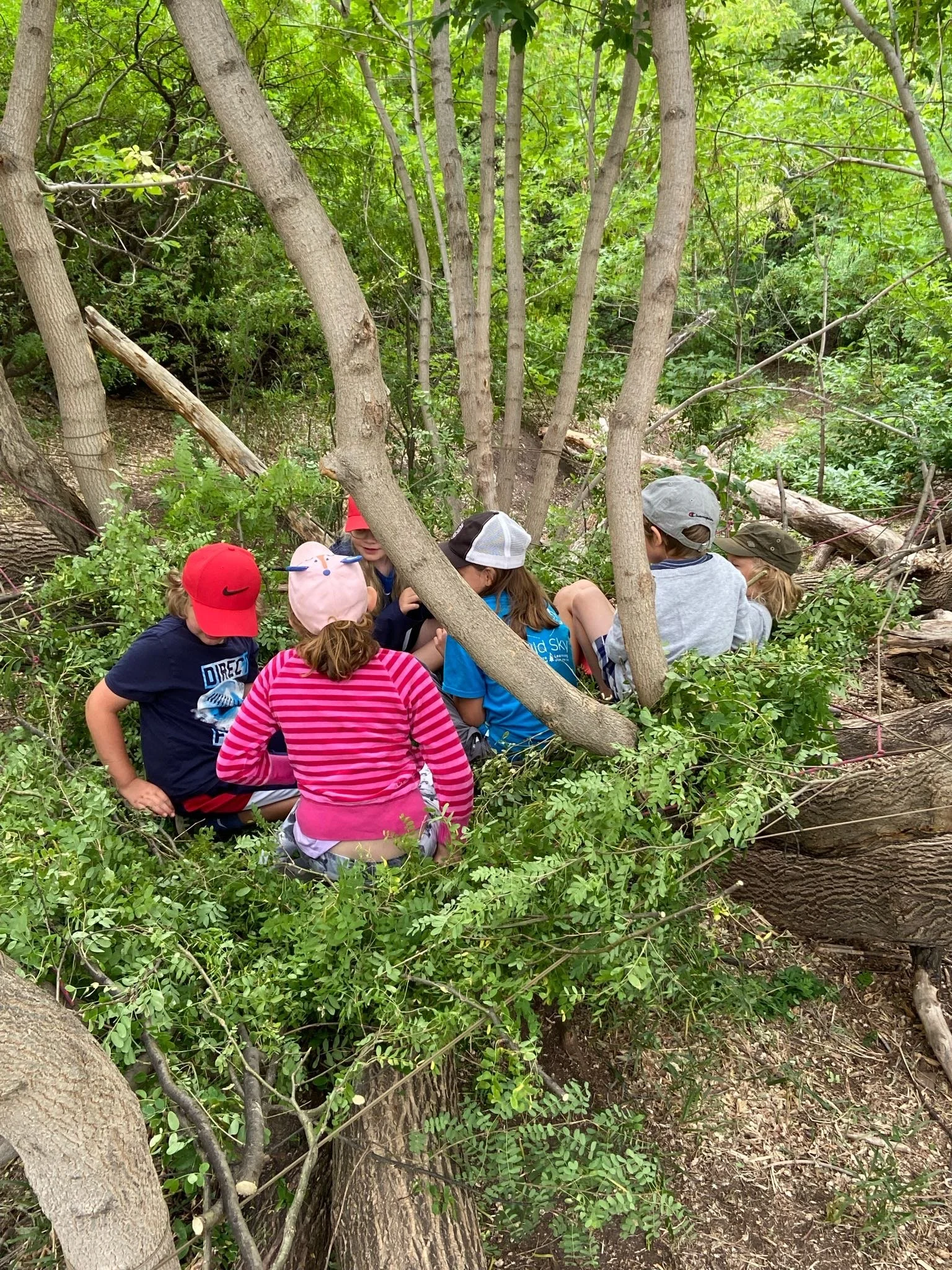Safety
At Wild Sky, safety is at the heart of every adventure.
The Forest School approach gives children the time and space to develop skills, interests, and confidence through hands-on experiences in nature. By offering supported opportunities to take appropriate risks, we help children grow into capable, self-aware individuals — always guided by skilled educators.
We carefully balance the benefits of outdoor exploration with thorough safety practices, so children can stretch their boundaries while staying secure.
Our Approach to Risk & Learning
We see risk as an essential part of learning. When children try challenging activities, they develop decision-making skills, learn to assess their own limits, and build resilience.
Each Forest School session involves a Risk–Benefit process, tailored to the group and guided by the practitioner and learner together.
Tools and fires are introduced only after thoughtful risk assessments, and always when appropriate for the children’s developmental stage.
How We Keep Your Child Safe
-
Daily risk assessments of our Forest School area before children explore.
Identification and management of any hazards on site.
-
Position ourselves to see all or most of the children at all times.
Perform frequent head counts and communicate constantly as a team.
-
Always 2 adults present.
1 adult for every 4 children (ages 3-6) and 1 adult for every 7 children (ages 7-12).
All staff trained in safeguarding and risk management.
-
Tools and cleaning supplies stored securely.
Safety rules around plants and animals that could pose risks.
Review and maintain clear basecamp boundaries together with children.
-
We observe each child’s interests and behaviours to better anticipate their needs and keep them safe.
-
We keep an open channel with parents to discuss any concerns promptly.
-
We monitor conditions closely and move indoors during extreme weather.



